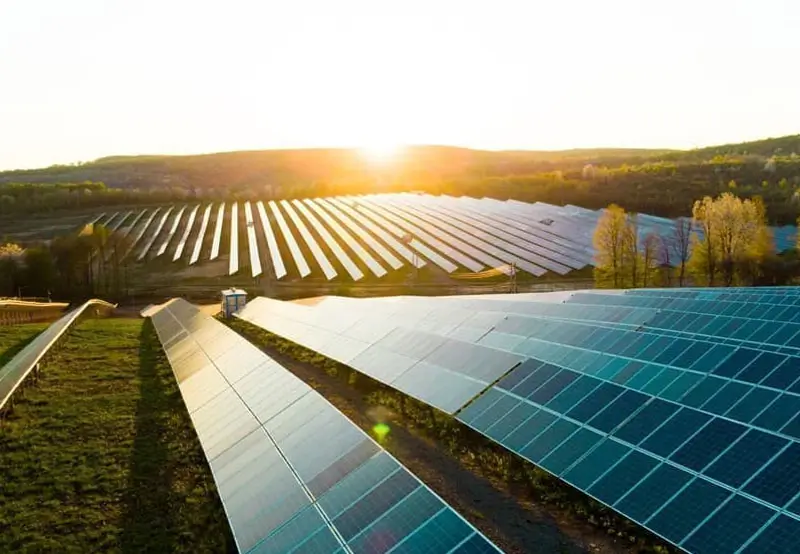While the zero-price event lasted only minutes, it signaled a larger shift in India’s energy landscape. Just a decade ago, experts were forecasting solar prices might eventually reach grid parity. Today, the drop is more than symbolic—it’s reshaping market dynamics.

A Broader Trend
The RTM’s average clearing price in May 2025 was ₹3.43 per unit—a 28% drop year-on-year,” said Rohit Bajaj, Joint Managing Director at IEX. “This enabled discoms and industrial consumers to replace costlier power with more affordable exchange-traded electricity.” Bajaj also noted that RTM volumes hit a record 4,770 million kWh in May, up 42% from last year.
Making the Case for Storage
This is a clear call for storage,” said Dr. Rashi Gupta, Managing Director at Vision Mechatronics and member of the UN Council of Engineers for Energy Transition. In a recent LinkedIn post, she emphasized that zero-tariff periods during peak solar hours point to the need for battery energy storage systems (BESS), which can stabilize the grid, increase flexibility, and generate new revenue streams.
Unlocking Market Potential
Time-of-day pricing is already underway in some regions. Gujarat, for instance, offers a ₹0.60 per unit discount from 11 am to 3 pm for smart prepaid meter users.
The Frequency Challenge
As more solar is added without matching storage, managing coal-based generation during low-demand periods becomes increasingly difficult,” the report stated.











